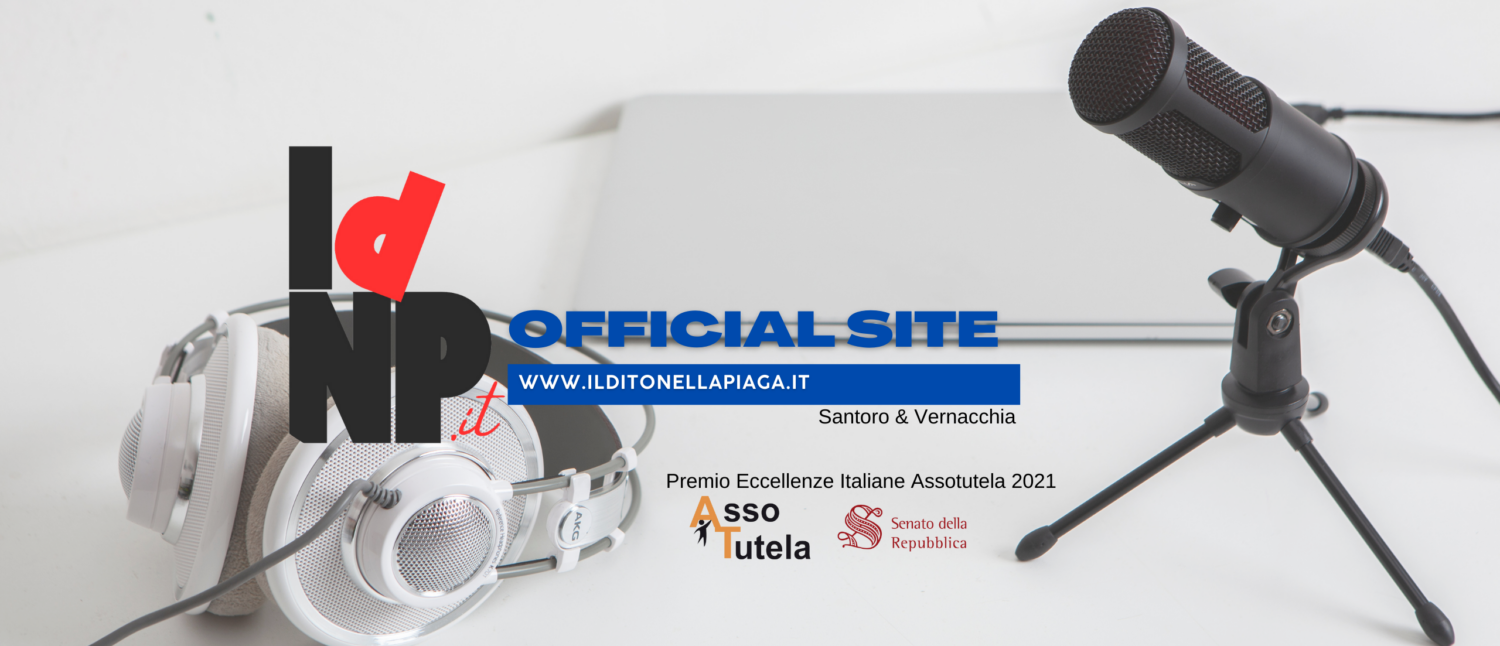The Future of Pressure Injury Prevention
Pressure injuries represent a great challenge in patient care, as well as a significant burden on the health care system. This burden is likely to continue to increase as a result of the growing geriatric population, along with the increasing rates of obesity, diabetes, and cardiovascular disease.1 Recent estimates in the United States show annual costs of pressure injury treatment to be approximately $9.1 to $11.6 billion.2 In addition to cost, these localized injuries to the skin are often very painful for patients, particularly as the injuries become more severe.
There are a number of recent technological advances that can prevent the development of pressure ulcers in at-risk patients. This prevention is most commonly achieved by reducing or redistributing pressure at the sites that are most vulnerable for skin and tissue damage, although important aspects of prevention also include minimizing the patient’s risk factors, when possible. Several newer and emerging technologies are reviewed here in terms of their ability to assist with this process.
Pressure Mapping Technologies for Pressure Injury Prevention
Pressure mapping technologies were developed to measure the amount of pressure placed on different parts of the body when in various positions. This is a development that allows clinicians to use technology more accurately to determine the areas most at risk for breakdown. Pressure mapping is especially useful because it may potentially allow imaging to predict the areas of breakdown before clinicians are able visually to appreciate or assess the classic skin changes of a developing pressure injury, which may be well under way in the deeper tissues before examination reveals any physical changes. Pressure mapping can serve as an integral step in the process of prevention given that pressure injuries begin with tissue ischemia and subsequent tissue necrosis because external pressure to the tissue exceeds capillary closing pressure.
As a result of the data collected from pressure mapping technology, pressure-relieving wheelchair cushions have been developed; evidence suggests that 30 to 35 degrees of wheelchair tilt can relieve pressure from the ischial and sacral area.1 Pressure mapping can also assist in determining the pressure points at risk for ulceration in patients confined to a bed. Caregivers can also determine the effect of repositioning to achieve greater pressure relief.1 When used to identify when repositioning is necessary and to achieve optimal pressure relief, pressure mapping technologies can be highly effective in reducing the likelihood that a pressure injury will develop.
Patient Monitoring Technologies for Pressure Injury Prevetion
Patient monitoring systems frequently use wireless sensors that are placed on patients to record position and movement. Many also feature auditory cues that alert caregivers and/or patients that repositioning is necessary at regular intervals. In clinical settings, this often leads to timelier repositioning at the recommended intervals.3
These monitoring systems serve to assess the risk factors (pressure, shear/friction, and mobility) in real time, which allows for early intervention to minimize the risk of tissue ischemia. More recent patient monitoring technologies now monitor additional factors, such as motion and heat, to further enhance the ability to optimize conditions in a way that reduces the risk that the patient will develop a pressure injury.
Pads and Material Design
Recent developments in the design of materials, such as those used in mattresses or on pads that cover pressure points on a patient, can also optimize the patient’s static environment to reduce the risk of pressure injuries. Pads consisting of high-density foam can be used to cover high-risk pressure points, such as the sacrum or heels. Although these can be effective, it has also been found that pads with cutouts can increase pressure at the edges (known as the edge effect). Mattress pads, such as egg crate mattress overlays or those made from natural sheepskin, can also decrease pressure across a large surface area. Another useful material is silk fabric, which creates much less friction force than cotton-based fabrics and is superior for use in pressure ulcer prevention.1
Conclusion
When used for at-risk patients, whether in the home or in the clinical setting, technology can reduce the likelihood that pressure injuries will form. Although these technologies often do not address or resolve the underlying primary causes of pressure injuries, such as immobility or increased pressure and shear forces, they can help the patient and/or caregiver optimize the patient’s conditions and the overall care plan. This is especially true when the patient’s environment is enhanced with materials that reduce moisture, friction, and shear.
[Tratto da: www.woundsource.com ]








